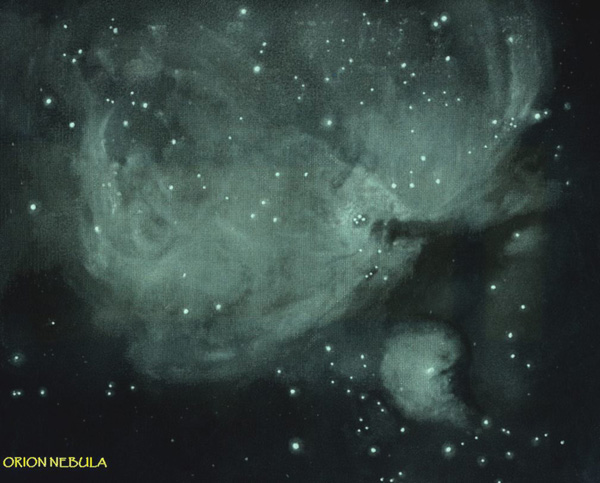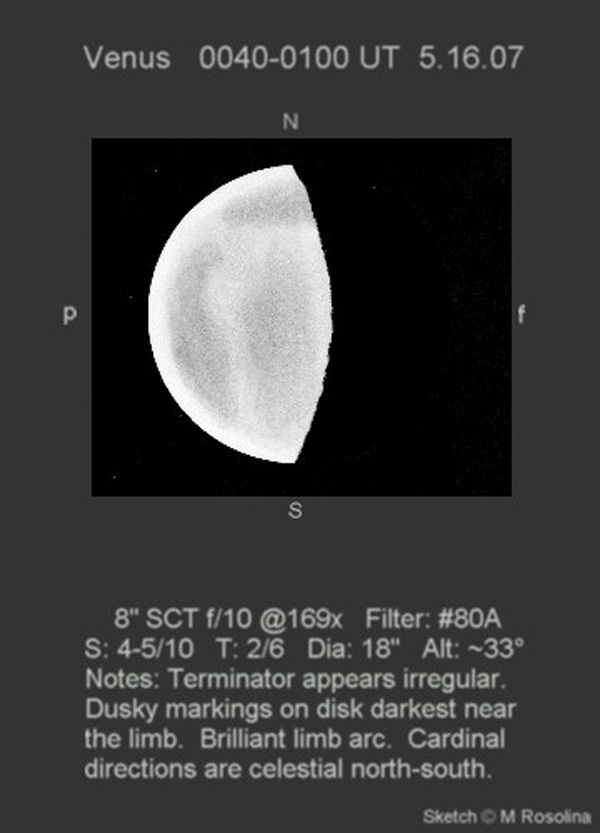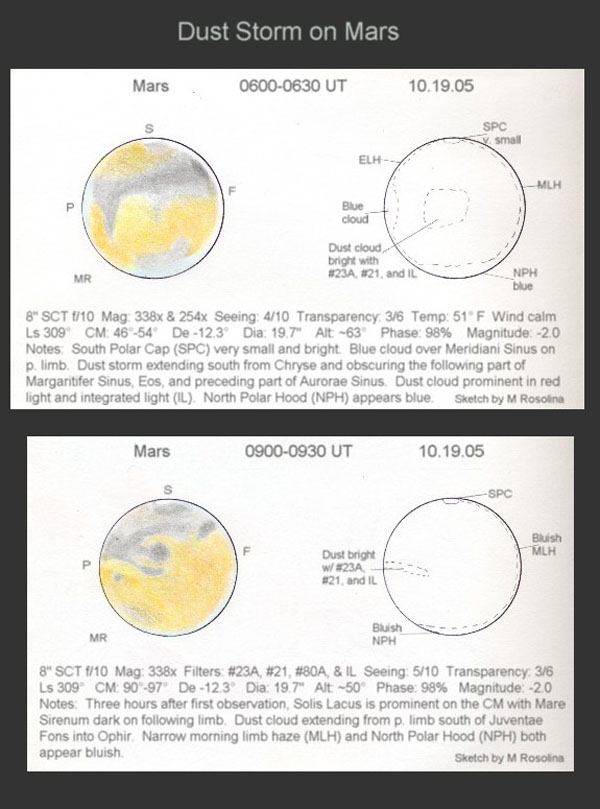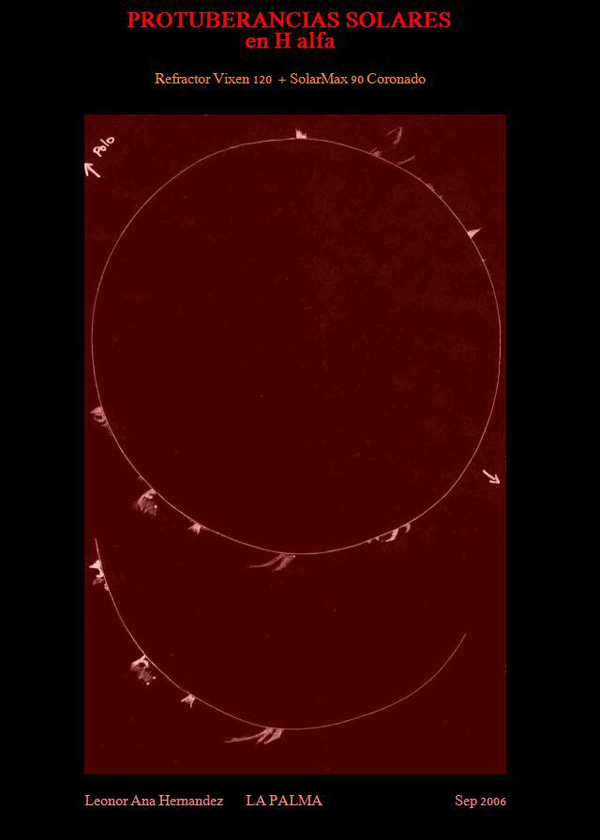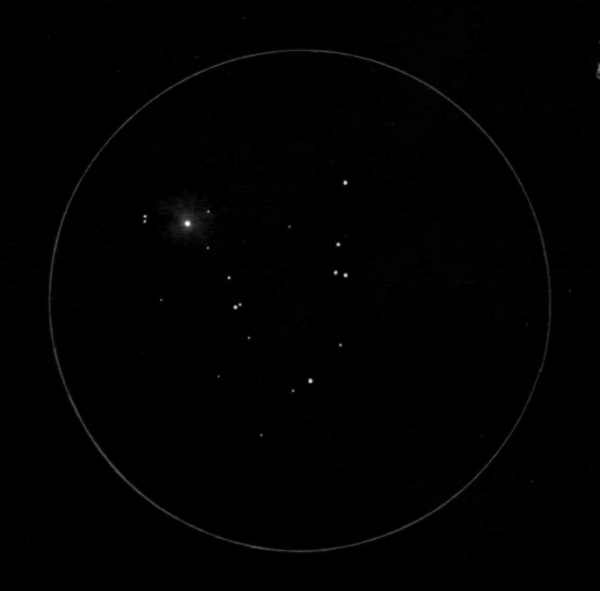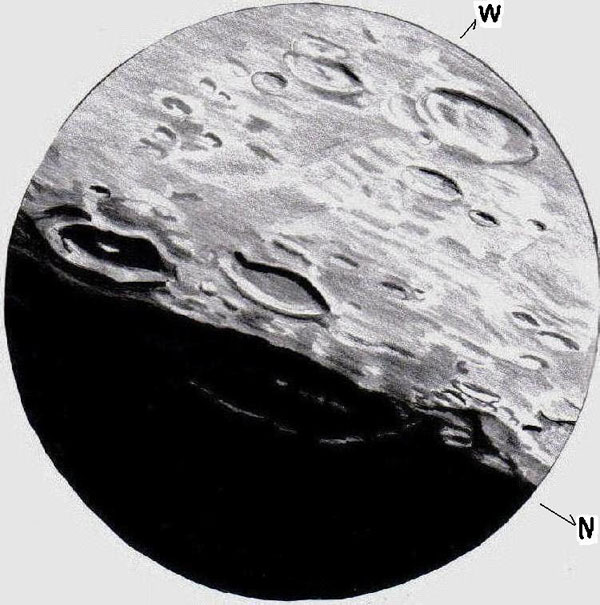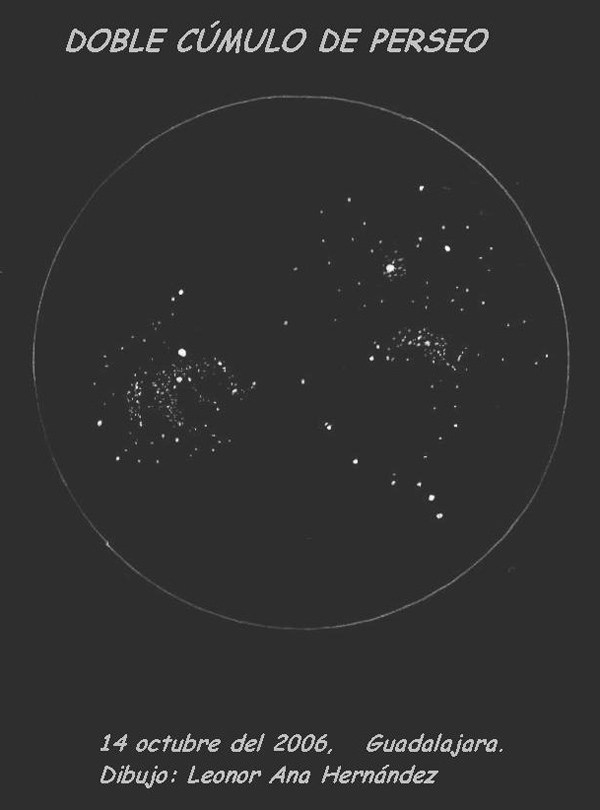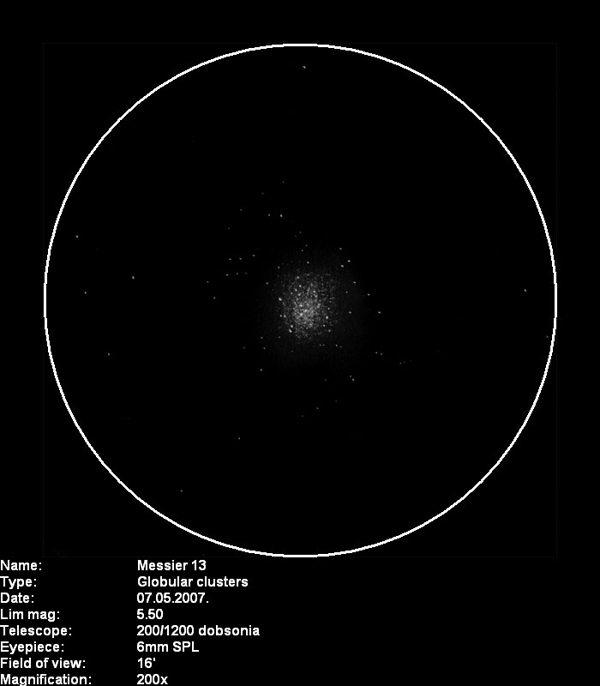The Orion nebula may be one of the most challenging objects in the sky to observe.
The amount of subtle detail it displays is astonishing and it is perhaps one of the
most difficult nebula to sketch.
Edward Holden’s monograph on the central area of M42 (Central Parts of the Nebula of
Orion, Washington Astronomical Observations for 1878, Appendix I) inspired me to
attempt to follow the footsteps of great visual observers of the the past — the
Herschels, Lassell, Rosse, Bond, etc.– and try to capture the wealth of details
seen in my 18″ reflector. I might add that my sketch is a composite drawing made
with apertures ranging from 70mm to a 20″ reflector. A separate drawing was made on
each evening of observing and combined into a single rendering. The Dearborn
Observatory star maps (claimed to go down to the 18th magnitude) were used to insure
the proper “placing” of the details noted with the various telescopes. The
(unfinished) drawing is still a work in progress after two years of observing.
Magnifications on my 18″ reflector ranged from ~60X (40 mm Pentax) to ~460X (5mm
Radian). The lowest power used: 12X with my Pronto 70mm refractor!
I settled on using a graphite pencil after experimenting with charcoal and soft
lead pencils. Nothing fancy here — just graphite on regular (economy) typing
paper from Office Depot. The drawing was color-inverted using my HP scanner and
tinted with the Paint program.
An extended observing session revealed details I hadn’t noticed before. The
remarkable D’Arrest “comets” were visible only when the transparency was good. The
prominent dark “globule” W1 was seen so well through a 24″ reflector one evening
that my first impression was that there was a bit of dirt on the field lens of my
eyepiece!
I hope that in another two years I can finish the drawing.
Dave Riddle

